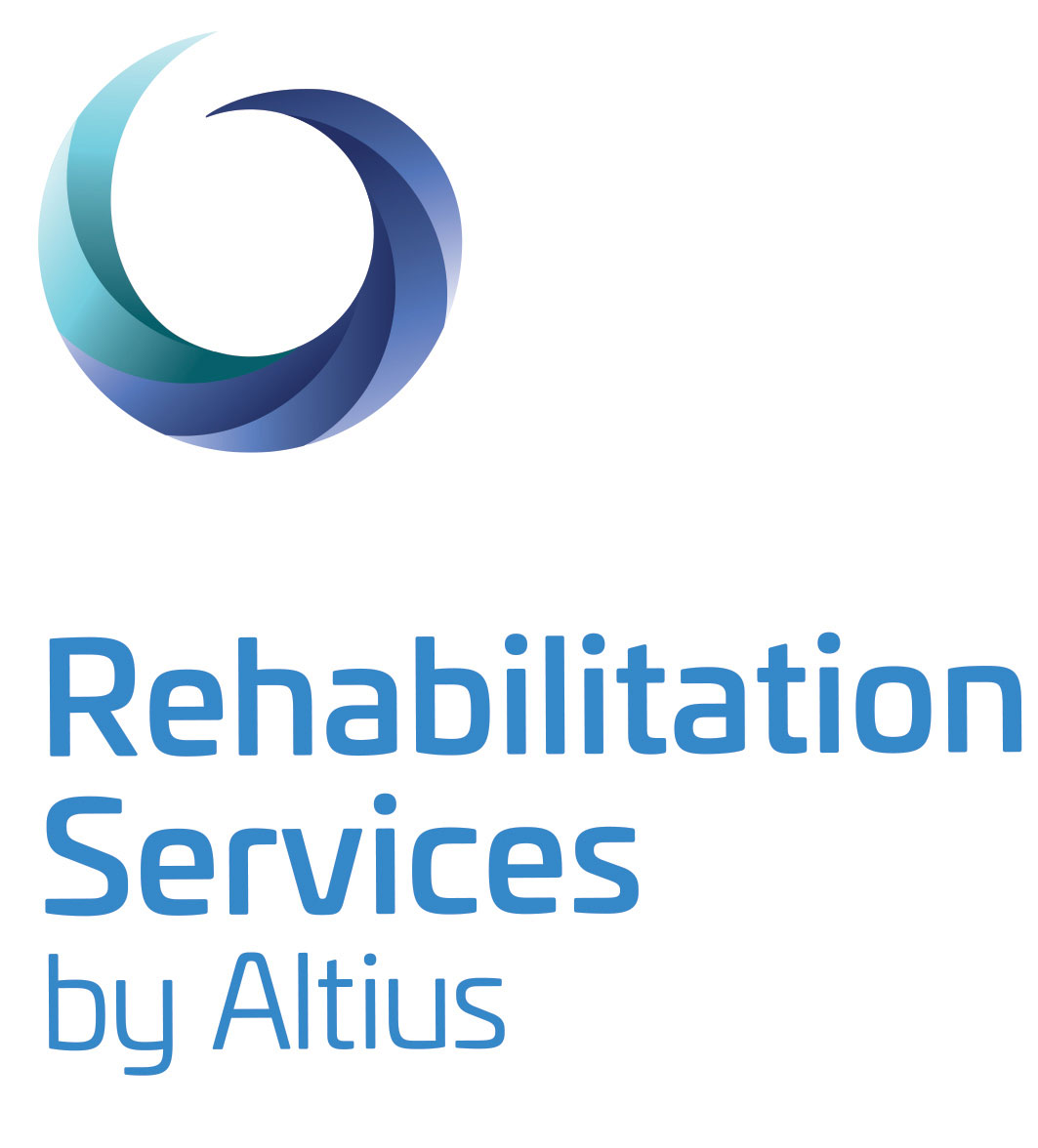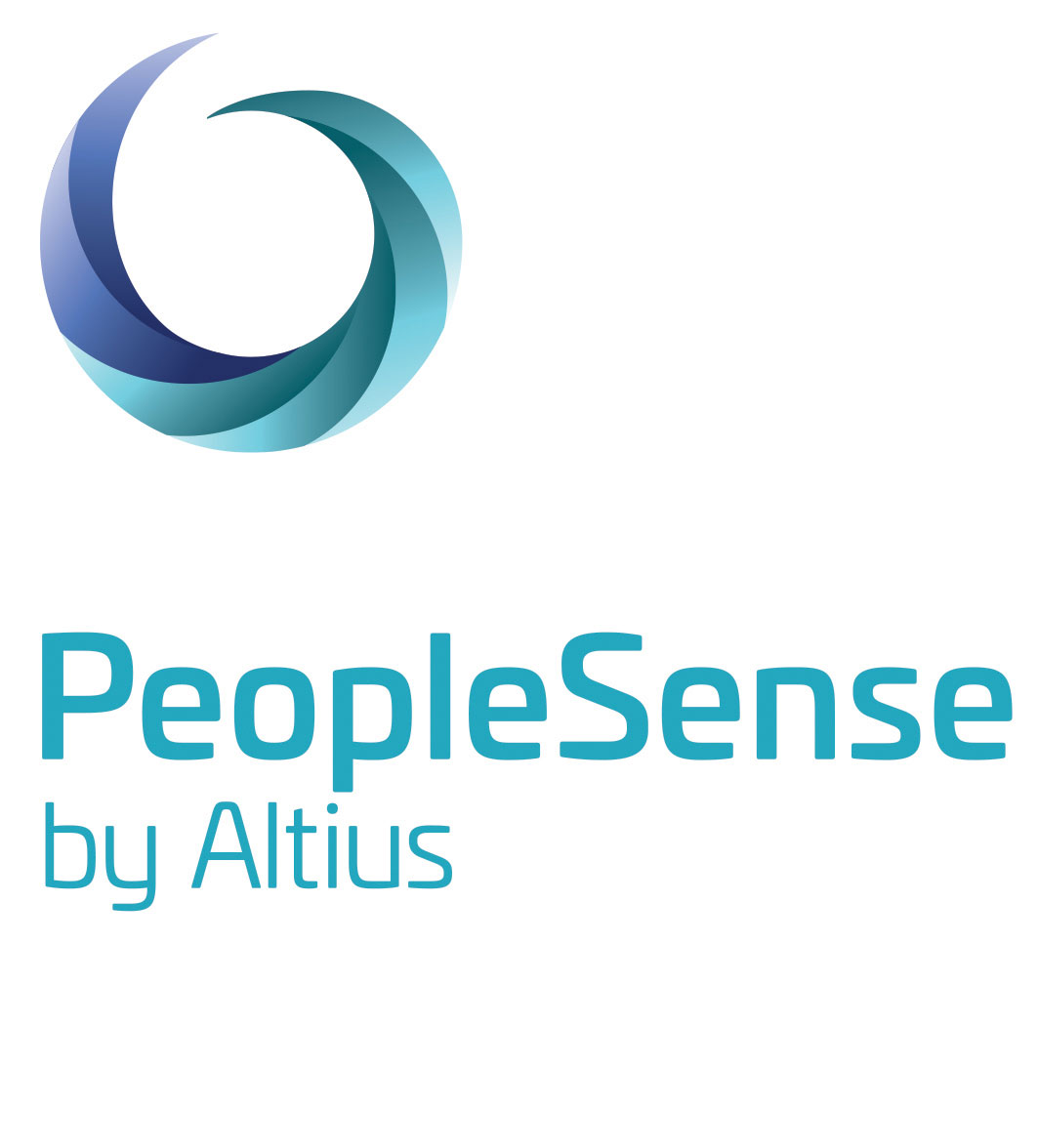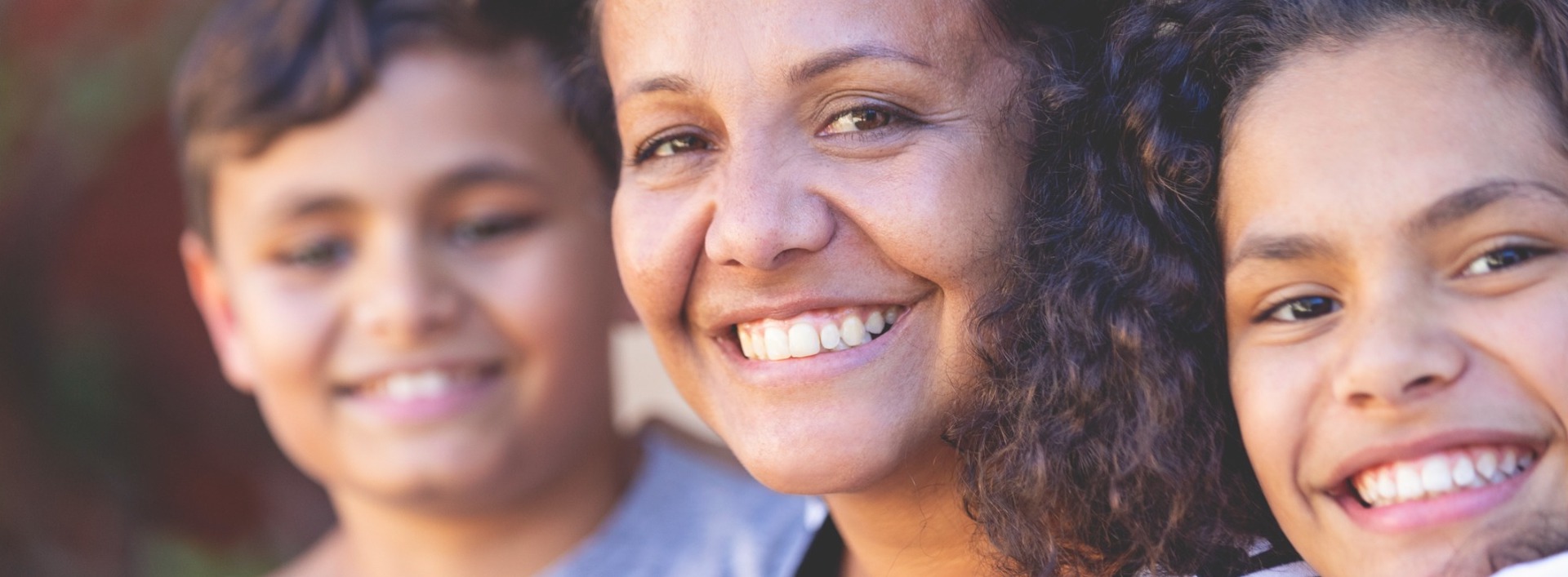Critical Incident Response
This is the phone number for a critical incident response only and goes direct to PeopleSense by Altius.
For Altius Group general enquires, please contact us or call us at 1800 258 487 during business hours.
If you would like to proceed with this call, please click on the button below.
Indigenous Australians need mental health services but it’s the right type of services that are making a difference.
Research has shown that Indigenous Australians are more likely to suffer from poorer health outcomes than non-indigenous Australians. Poor mental health can contribute to poor physical health and sometimes, a shortened life expectancy. Poor physical health can also have an adverse impact on mental health. Providing a holistic perspective on mental and physical health is important to improving these outcomes within our community.
Indigenous Australian Mental Health Statistics
Indigenous Australians are more likely to suffer from poor mental health than non-Indigenous Australians. They’re more likely to be impacted by trauma, grief, stress related to housing, physical illness and cultural disconnection.
A self-reported survey in 2018-19 found an estimated 24% of Indigenous Australians reported a diagnosed mental health or behavioural condition. Almost three in 10 (31%) indicated a ‘high’ or ‘very high’ level of psychological distress.
Mental health is responsible for 10% of the health gap between Aboriginal and Torres Strait Islander people and non-Indigenous people. In 2015, the suicide rate for First Nations people was double that of the general population in Australia.
The Australian Burden of Disease Study: impact and causes of illness and death in Aboriginal and Torres Strait Islander people 2018 found that for every 1,000 people, 289 years of healthy life were lost due to ill-health and premature death. One of the leading five disease groups contributing to the loss is mental and substance use disorders which include anxiety, depression and drug use.
While social and mental well-being isn’t the same as mental health, the two interact and influence each other, especially within Indigenous populations.
How to Improve Indigenous Mental Health
It’s important that the organisations and individuals that deliver mental health services to Indigenous Australians understand that their patients’ complex needs require a holistic approach to service delivery.
Culturally appropriate
Mental health services that are designed for the general population don’t meet the requirements of Indigenous Australians.
Mental health services can’t be the same for everyone. Indigenous views of mental health and social and emotional well-being are different to non-Indigenous people. In some Indigenous cultures, aunties, uncles and grandmothers care for individuals who are sick or in need of care. For example, in this case it may be more important to talk to a patient’s grandmother or aunty rather than their mother.
Programs that show promising results are those that encourage reconnection with country, culture, community life and self determination. It’s not enough to just focus on the individual without taking into account their family, culture and community. The mental health service needs to take into account Indigenous values, lifestyle, and the complex economic and social circumstances some find themselves in.
This may mean taking individuals outside, and being on country outdoors. It also means thinking outside the box, self-disclosing more than usual, doing cultural games or promoting a yarning style of communication.
Mental health services may need to start taking authority anxiety into consideration. A newly developing concept, authority anxiety is described as a fear of those in a perceived state of power. This is thought to have stemmed from the intergenerational trauma experienced by First Nations people and it may cause barriers when accessing services and developing therapeutic alliances.
Accessibility to Services
Many Indigenous people live in rural and remote areas where there are no mental health services. Even gaining a referral and a mental health treatment plan from a GP is difficult due to a lack of doctors. Mental health services may be provided via a regular fly-in fly-out provider or via a telehealth video appointment. A long-term view is needed, not a short-term fix. Sustainable services are required to ensure patients have ongoing care.
When a care provider arrives in an Aboriginal community, they need a local person to provide introductions and help break down cultural barriers. Indigenous organisations and service providers are often small organisations. They have the cultural connection and understanding of their patients but lack the resources of a large organisation. By partnering with Altius Group, we’ve been able to provide the support the service providers need to provide the best level of care to their patients. At Altius, we are also fortunate to have First Nations Indigenous staff that promote accessibility for our First Nations clients, with many clients commenting on how much more beneficial sessions with a First Nations psychologist have been.
Access to Technology
Young Indigenous people may not be able to access web-based or telephone helpline services as readily as a non-Indigenous person may. Making services available to Indigenous people is one of the first considerations. For example, a radio ad about mental health during the pandemic was translated into 15 Aboriginal languages.
Referrals
Individuals providing mental health support need to be able to provide referrals to other services for the needed holistic approach. Other services may include substance abuse, housing support, domestic violence and suicide prevention. Access to these services will complement and support the mental health service.
Lifestages
Mental health services are required for Indigenous children younger than non-Indigenous children, as they often experience trauma and grief at a much younger age.
The median age at death for suicide in the Indigenous population was 29.5 years in 2017 compared to 45.4 years in the non-Indigenous population in 2017. Suicide is the leading cause of death for Indigenous children aged between five and 17. The same resources and advice can’t be used for both populations because they are at different life stages. Life in Mind is an online knowledge exchange portal connecting Australian suicide prevention sectors with evidence, policy, data and resources to advance suicide prevention practice in Australia.
While there are many areas of concern when it comes to mental health throughout the Indigenous community, Altius Group is committed to working with Indigenous organisations and services to provide access to a range of psychological programs and make a difference to lives all over Australia. Contact us online or call 1800 258 487 for more information.
Author: Rebecca Caratti
Proud Yamatji Woman | Provisional Psychologist









